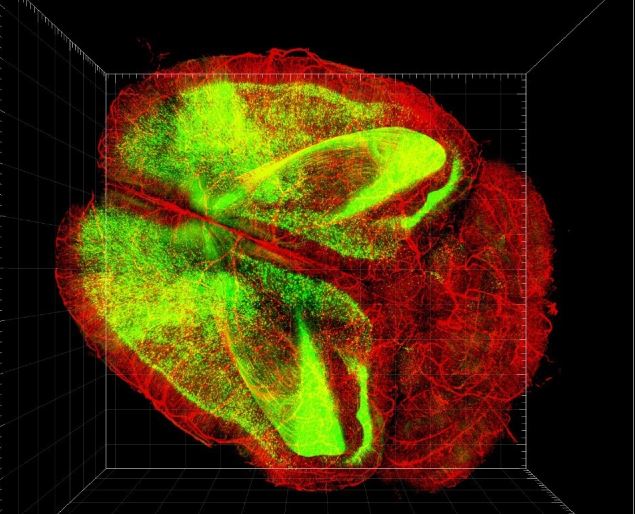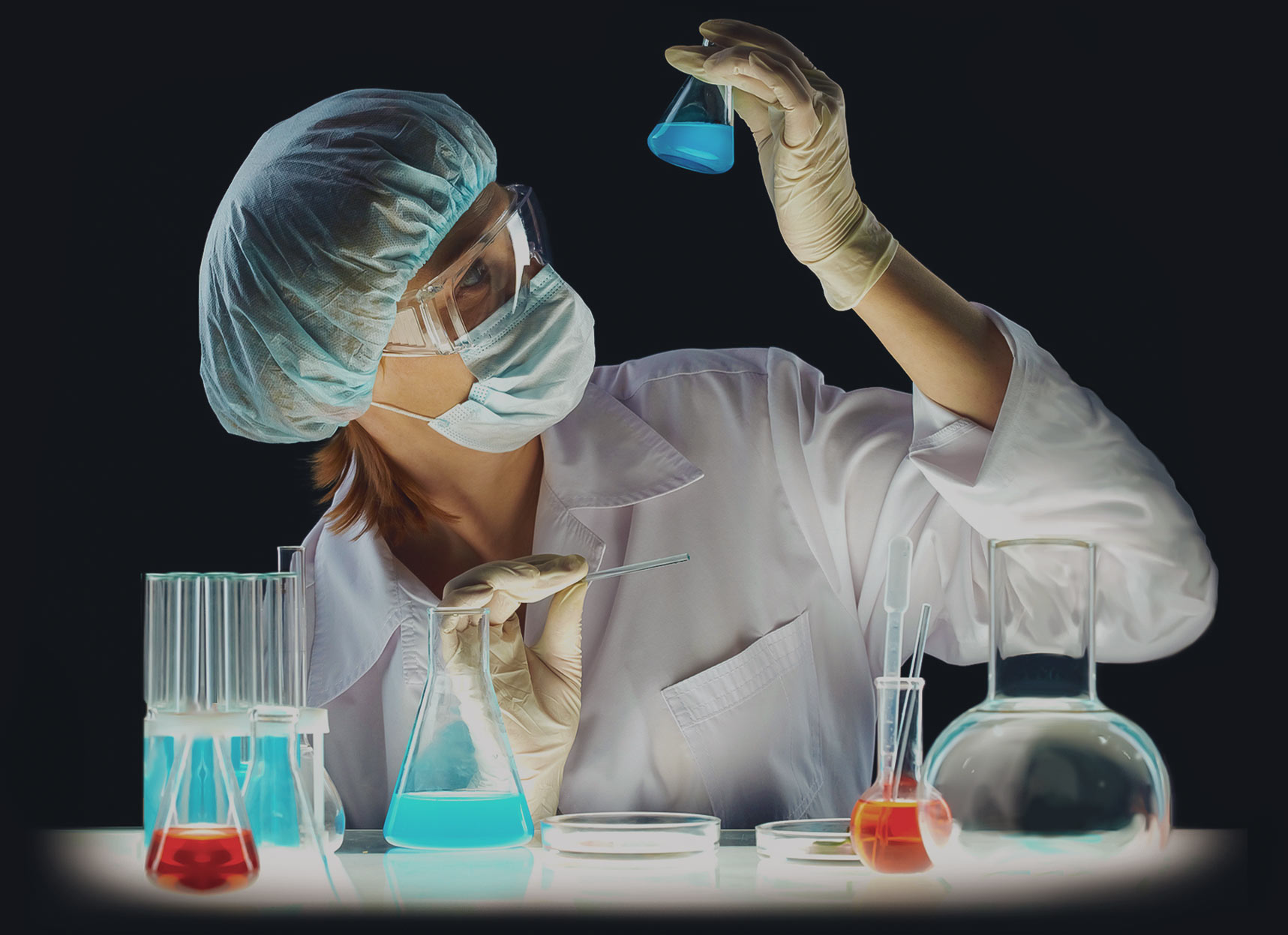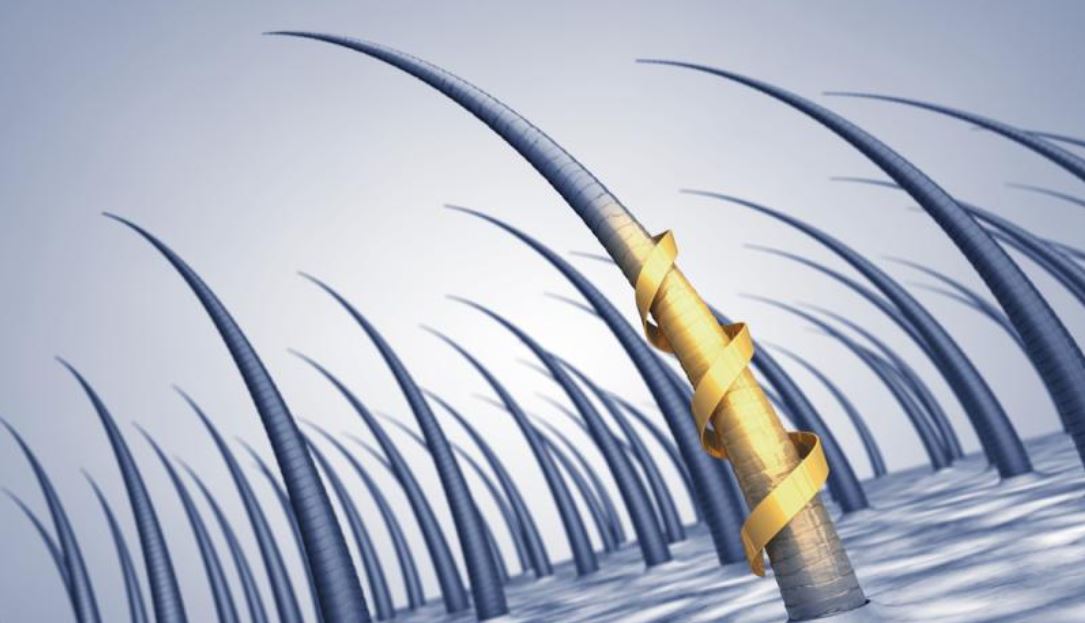
Stem cell biology

Development and Regeneration

Somatic Variants

Lineage Tracing based on Heterogeneity
Stem cell biology: Stem cell behaviors, Stochastic stem cell fates.
Development and Regeneration: Developmental biology, Cyclic organ regeneration.
Somatic Variants: Post-mortem genetics, Post-zygotic variants.
Research
We currently live in the present as functioning human beings. But at some point, we began as a single cell of DNA from our fathers and mothers. And this single cell was developed by a well-organized programming system in our bodies, that enables us to live, breathe, and function, as well as, read this article.
By reading this article, this means that our brain is well developed and our vision is functioning properly. For all cells to function properly, they must be able to respond appropriately to a wide variety of external stimuli. Thus, this sometimes implies that extreme damage or injury must be overcome by specific programs. Not only in the physiologic condition, but also in response to injury, thus stem cells are the most important players in our body.
In addition, hair growth occurs every day because of hair stem cells. The scars from childhood are recovered enough to still function on the skin because of skin stem cells. All organs and all tissues of every individual are inevitably undergoing regeneration throughout life. During regeneration, stem cells behave dynamically and sometimes stochastically which change with age.
Obviously, the fact that everyone has stem cells that regenerate applies not only us but our fathers and mothers who gave us DNA as well. And our grandparents, and even also our biological ancestors from centuries ago. Inevitably, our future generations will also experience similar stem cell behaviors as long as they are alive, even though most of them are not aware of it.
There are many different biological questions in the world, as well as many wonderful discoveries and studies linking them. However, I realize that I, myself cannot answer every question mankind is curious about because of the limited timing and resources I possess. That significant fact alone forced me to decide to focus on specific scientific fields after opening G1’s lab in 2016.
G1’s lab investigates how stem cells behave, when they differentiate, and what kind of factors alter the commitment of stem cells during the span of a lifetime. The topics will cover literally from a zygote, when the sperm and egg meets, to death, when the stem cells stop to regenerate.
Ultimately, we will address basic answers about how stem cells behave in development and regenerative tissues such as hair follicles or intestinal organs, while we will physiologically use them to treat human disease.
We obviously know that we cannot handle everything to solve our specific questions. That is why we collaborate with other talented groups to solve modern fundamental biology questions. Based on the latest molecular biological knowledge we currently have, we will also adopt up-to-date theories of mathematical modeling, and apply recent advanced insight from genetic tools.
Scientific subjects

Lineage tracing in human, and animal (Genetics)
- Post-mortem individual genetics
- Post-zygotic variants
- Molecular evolution of cell and microbe

Stem cells behavior and commitment (Stem Cell Biology)
- Microenvironmental niches and cyclic behavior of hair follicles
- Muscle dynamics and aging

Germ cells and reproduction (Reproduction Biology)
- Spatio-temporan behaviors and commitment of the germ cells
- Sexual reproduction of germ cells
- Asexual reproduction of germ cells
- anmial and human meiotic recombination

Spatio-temporal features of the organs (Anatomy, Development and Histology)
- 3D spatio-temporal dynamics of embryo
- 3D morphological features of the organs
- Gross anatomy
Industrial and clinical subjects

Industrial subjects
- Recomninant protein, growth factors
- Recomninant protein, immunologic cytokines
- Recomninant protein, antibodies
- Therapeutic antibody platform
- Diagnostic antibody platform
- Mammalian cell protein expression platform
- 3D tissue clearing and visualization of the organ

Clinical subjects
- Human hair transplantation
- Human alopecia treatment
- Cell therapy
Our mission
Our mission is to investigate how stem cells behave during the span of a lifetime. The topics will cover literally from a zygote, when the sperm and egg meet, to death, when the stem cells stop to regenerate.
Based on the latest molecular biological knowledge, we also adopt up-to-date theories of mathematical modeling and apply recent advanced insight from genetic tools.
Ultimately, we will address basic answers about how stem cells behave in development and regenerative tissues such as hair follicles, muscle or germ cells, while we will physiologically use them to treat human disease.
Based on the latest molecular biological knowledge, we also adopt up-to-date theories of mathematical modeling and apply recent advanced insight from genetic tools.
Ultimately, we will address basic answers about how stem cells behave in development and regenerative tissues such as hair follicles, muscle or germ cells, while we will physiologically use them to treat human disease.
